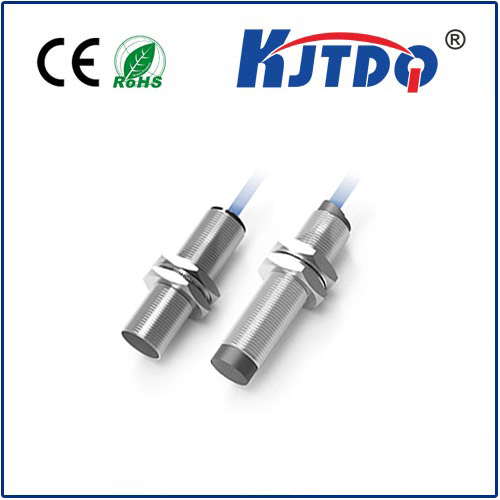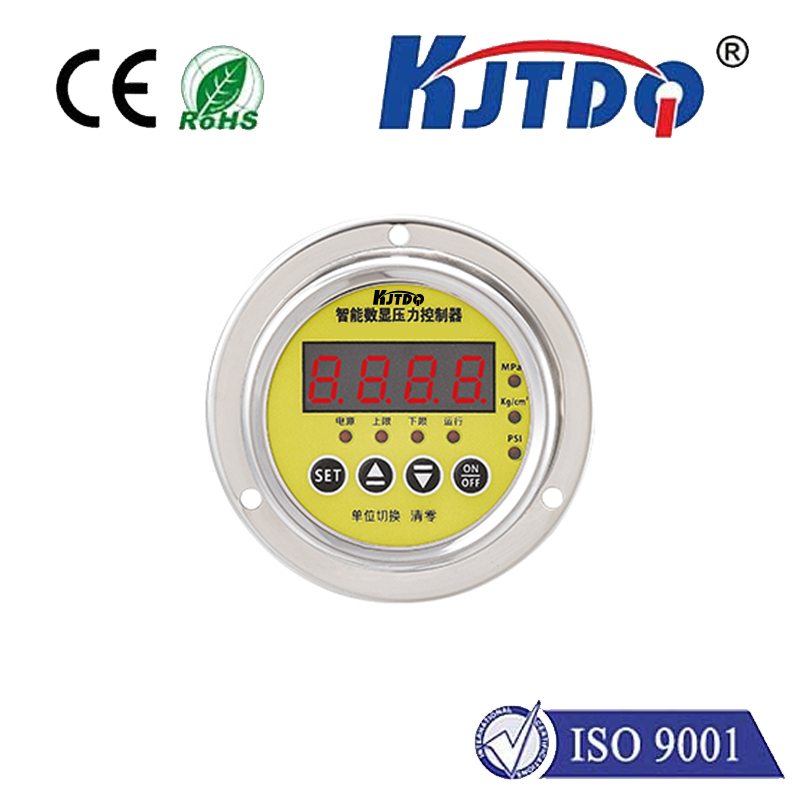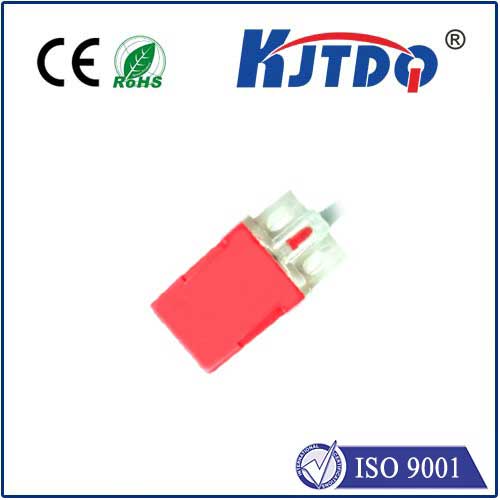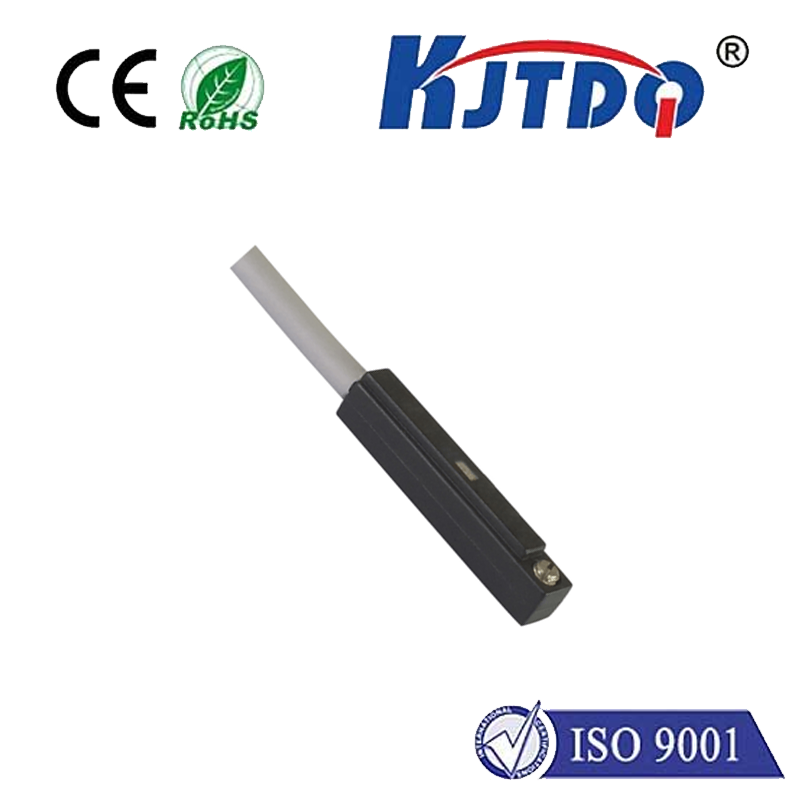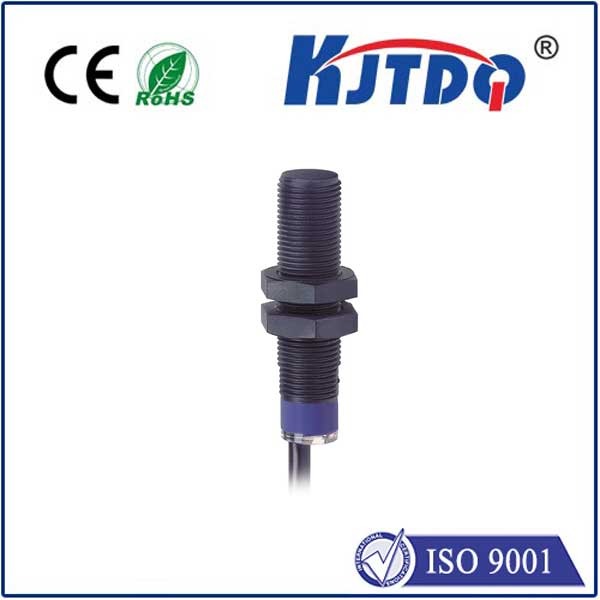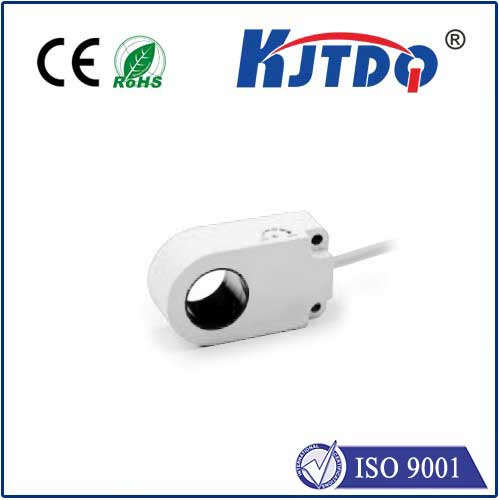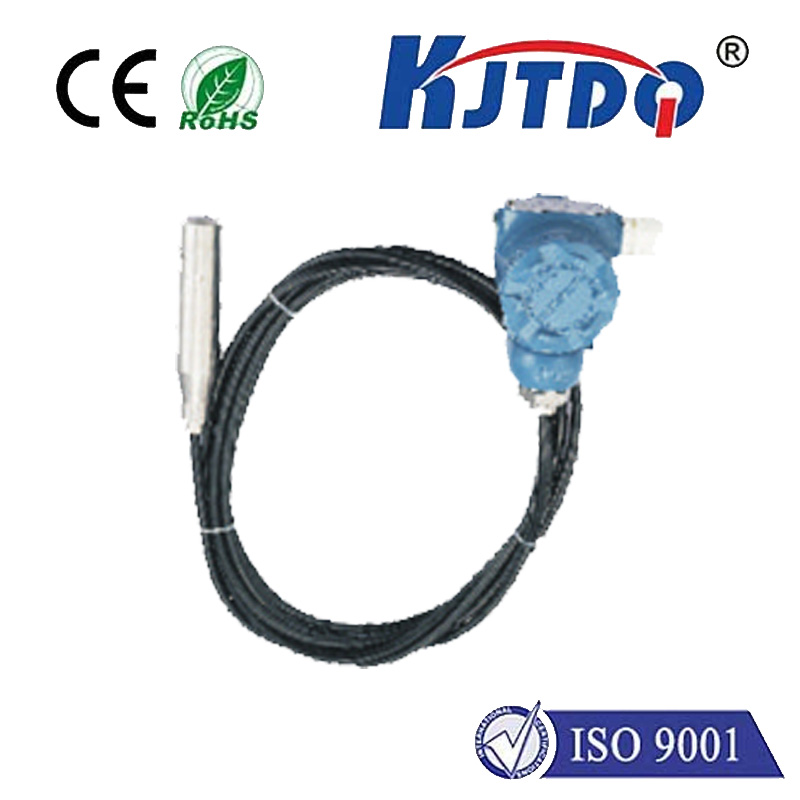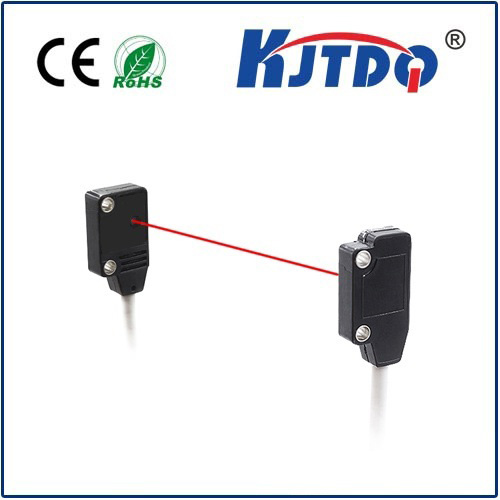

check

check

check

check

check

check

check

check

check

check
Limit Switch Weight: A Comprehensive Guide for Industrial Control Systems
The limit switch is a crucial component in industrial control systems, serving as an automatic switch that connects or disconnects the power supply to a process or equipment. It helps ensure safety, efficiency, and precision in various applications such as manufacturing, transportation, and energy production. In this article, we will discuss the role of limit switches in industrial control systems and focus on one specific aspect: their weight.
Understanding Limit Switch Weight
The weight of a limit switch is an essential factor to consider when selecting and installing it in an industrial control system. The weight can affect the switch's sensitivity, durability, and overall performance. Here are some factors to consider when examining the weight of a limit switch:
1. Type of switch: There are different types of limit switches available on the market, each with its unique properties. Some common types include mechanical switches, pneumatic switches, and electronic switches. The weight may vary depending on the material, size, and design of the switch.
2. Material: The material used to manufacture a limit switch can also contribute to its weight. For example, steel switches tend to be heavier than plastic switches, while stainless steel switches offer excellent durability but may be more expensive.
3. Size: The size of the limit switch affects its weight, as larger switches typically have more material and may feel heavier to the touch. However, smaller switches can be more precise and efficient due to their finer sensing capabilities.
4. Application: The intended application of the limit switch in the industrial control system can also influence its weight. For instance, heavy-duty applications requiring high levels of safety and reliability may requireswitches with higher loads capacity and thicker materials.
Choosing the Right Limit Switch Weight
When selecting a limit switch for an industrial control system, it is crucial to balance several factors to ensure the right weight for your specific needs. Here are some steps to help you make this decision:
1. Define your requirements: First, clearly define your safety, performance, and cost requirements for the limit switch. This will help you identify the key characteristics you need in your ideal switch.
2. Research different types and materials: Conduct thorough research on different types and materials of limit switches to find the ones that best meet your requirements. Consider consulting with industry experts or reading product specifications to gain insight into the available options.
3. Test samples: Once you have identified potential candidates, test sample switches by weighing them and evaluating their performance under various conditions (e.g., temperature, humidity). This will help you determine which switches best fit your needs in terms of weight and performance.
4. Compare costs and benefits: Finally, evaluate the costs and benefits of each option in terms of their expected lifespan, maintenance requirements, and overall impact on your industrial control system. Choose the option that offers the best value for your specific requirements.
Conclusion
The weight of a limit switch is a critical consideration when selecting and installing one in an industrial control system. By understanding the different factors that influence the weight of a limit switch and following a systematic approach to making your choice, you can ensure that you select the right switch for your application, ensuring safety, efficiency, and precision in your operations.
